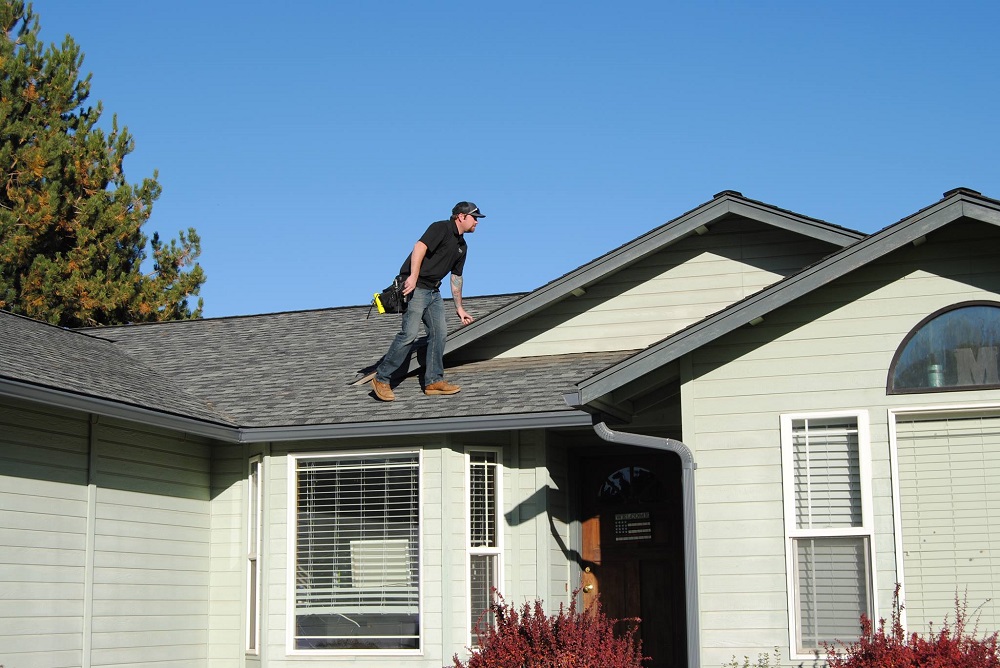Marcus Pickett
The roof over your head is one of the most important factors in the long-term condition and value of your home. You may already know that high-quality roofing, while expensive to install, can last longer, incur fewer repairs and even reduce heating and cooling costs.
But did you know it also could score you a home insurance discount? If your home is built with materials that can withstand certain hazards like hail, fire and wind, your home insurance company might offer a lower premium.
How can I get a discount?
Different regions come with different risks. And where you live helps determine how much your home insurance roofing discount will be and which hazards it must withstand to earn the discount.
Roofs are considered “impact-resistant” if they meet certain industry standards, such as those set by Underwriters Laboratories. Clearly, a homeowner should not install an impact-resistant roof and then contact the home insurance provider to inquire about possible discounts. Like many insurance issues, the exact policy language and state laws will affect discount eligibility and size.
For example, Allstate offers discounts in some states if the roof is resistant to hail damage. And in Texas, home insurance companies are required by law to offer discounts for all roofs installed since 1998 that meet Underwriters Laboratories standards for withstanding hail, according to the Texas Department of Insurance. Hail is the largest cause of home insurance losses in Texas.
Discounts in your state likely will be related to how much havoc certain disasters wreak in the region. According to Investopedia, hurricanes are the biggest concern in the Southeast and tornadoes are the biggest concern in the Midwest. The Northeast has destructive winter storms, and the West Coast has earthquakes and wildfires. Thus, a California homeowner is likely to see a home insurance discount for installing fire-resistant roofing.
Is the discount worth it?
Installing a high-quality roof can be expensive, and the cost of labor and materials may not equal the insurance savings. For example, slate roofs are strong and last up to 100 years, but their weight means a complicated, expensive installation process involving skilled specialists and design professionals, according to the Institute for Business and Home Safety.
Moreover, no homeowner is likely to remove and completely replace a roof that isn’t damaged or worn simply for the sake of a premium discount, according to a State Farm cost-analysis study. And if the roof is destroyed by an insured disaster, the home insurance policy likely will pay only to have the roof replaced with similar materials — not to upgrade it with better ones.
What makes a roof stronger?
When it comes to hail, Underwriters Laboratories (UL) sets the standard for determining the impact-resistant rating of various roofing materials. According to the Institute for Business and Home Safety, the UL hail test involves dropping different sizes of steel balls from various heights. How well the roof performs fits into four categories — the most resistant roofs earn a Class 4 UL rating.
UL also has a classification system for fire resistance. Class A materials can resist “severe” fire exposure, while Class C materials can resist only “minor” exposure, according to the Institute for Business and Home Safety.
Ask your home insurance company which UL safety ratings are necessary to achieve premium discounts. Then, discuss the cost and performance of roofing systems, along with their UL class ratings, with the roofing contractor.
To make sure these ratings and discounts remain valid, it’s critical that a homeowner insist that a certified roofing contractor installs a roof and does so according to the manufacturer’s specifications. Don’t be enticed by low bids, the Institute for Business and Home Safety warns — the work may be substandard.

Intriguing post. I Have Been pondering about this issue,
so a debt of gratitude is in order for posting.
Entirely cool post. Thanks!
Best regards,
Thomassen Griffin